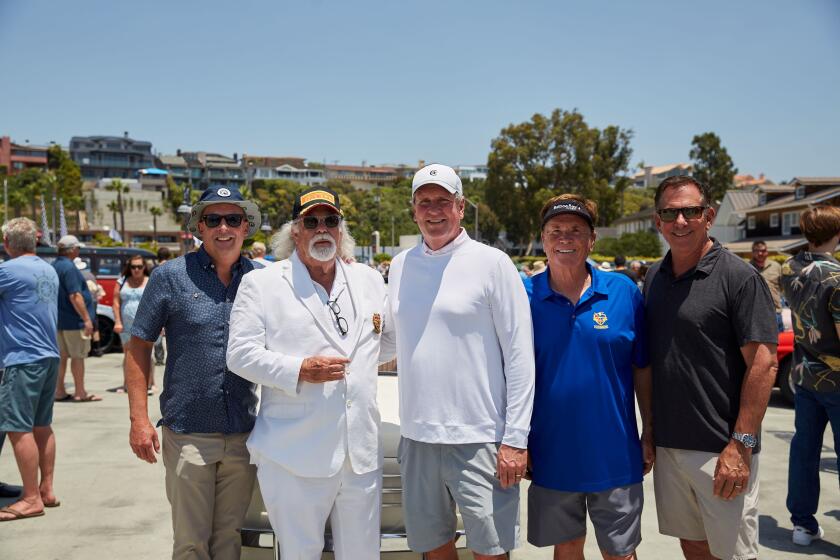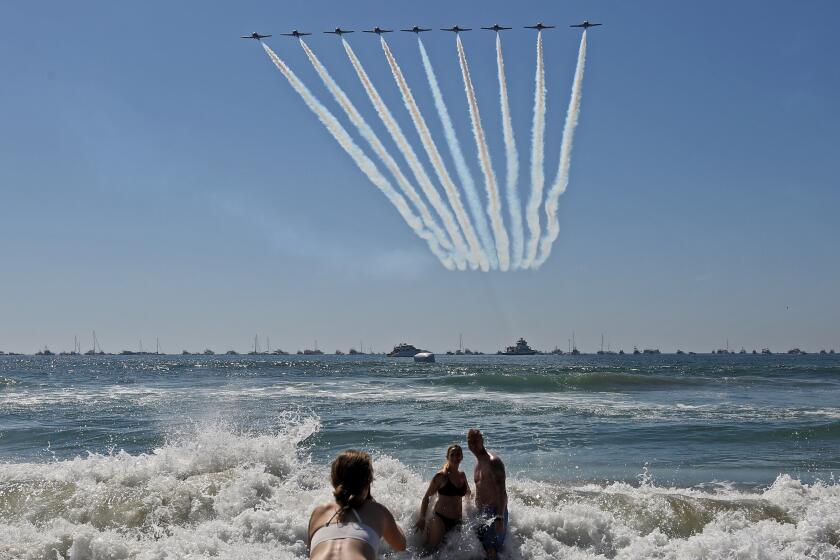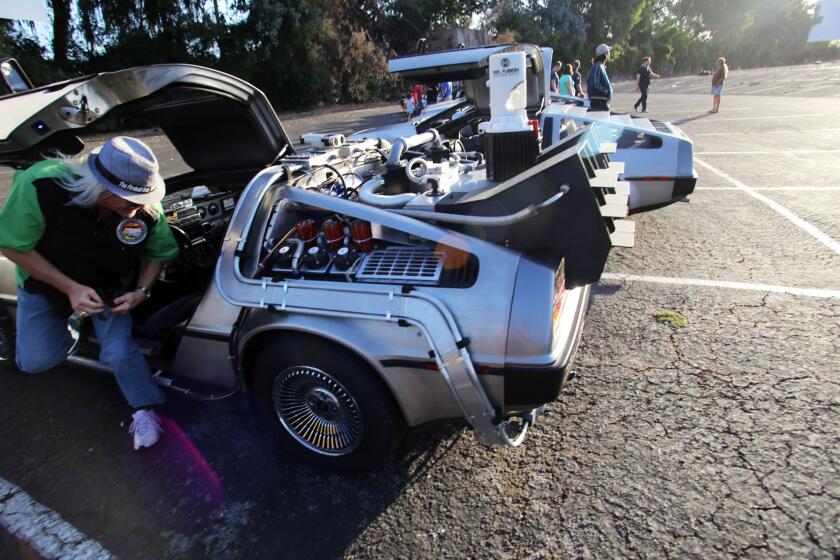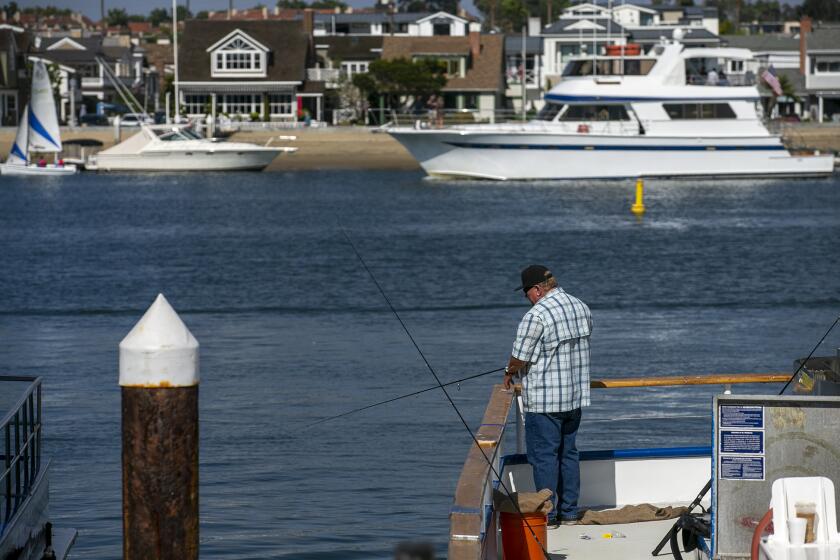Column: Looking back at Korea, and wondering about the future
After three years of bitter fighting, the Korean Armistice Agreement was signed on July 27, 1953, at the truce village of Panmunjom.
That agreement put an end to the Korean War. We continue to live under its rubric today.
I was stationed with the United States Army in South Korea in 1965 and 1966 with 45,000 other American troops.
Today, 35,000 Americans — my generation’s grandkids — are stationed there.
In 2017, North Korea boasts the fourth largest ground army in the world, with 1.2 million soldiers. They’re generously supplied with tanks, rocket launchers and artillery pieces. They also have nuclear capability.
North Korea is a formidable power.
I respect and admire the South Korean people and I’m concerned for them and for the safety of U.S. troops stationed on the peninsula.
I was told when I was stationed there that we Americans were a “tripwire” should the North Koreans decide to cross the 38th Parallel as they had 15 years earlier. We were a speed bump.
The Los Angeles Times recently reported that North Korea has 11,000 conventional artillery pieces in place north of the Demilitarized Zone. They’re well protected and locked-in on targets in Seoul. The Korean capital has a population of 25 million today; triple its size when I was there.
My tour of duty lasted 18 months, and I don’t remember being inordinately concerned about an invasion of the South by the North. Frankly, it didn’t seem plausible or rational to me. Of course, we knew anything was possible.
Things have since become increasingly irrational.
In my day, there were flare-ups along the DMZ. North Korean commandos ambushed a U.S. Army squad six weeks before I rotated back to the United States, in November of 1966. Six GIs were killed. They were just beginning their lives.
We were placed on highest alert and listened for distant thunder.
Tensions spiked. Fourteen months later, the USS Pueblo, a Navy intelligence vessel, was attacked and commandeered by North Korean patrol boats. The 83-man crew was taken to Pyongyang.
By then I was a college student.
Previously, I was attached to Eighth Army Support Command (EASCOM) in Seoul, 30 miles south of the DMZ. I spent considerable time in the 2nd and 7th Infantry divisions along the border between the Koreas.
I was an editor of EASCOM’s weekly newspaper, The Frontiersman. Rarely did we mention North Korea in our articles. It was as if Kim Il Sung (leader of North Korea and grandfather to Kim Jong Un) and his regime were invisible.
Though we paid scant lip service, our vigilance was high.
South Korea’s 17th annual Armed Forces Day was staged throughout the Republic in May of 1966. I remember it well. I was a participant. U.S. units took part in displays and parades throughout the country.
“There is a very powerful army in the Republic of Korea facing north, and the North Koreans have a very powerful army facing south,” commented four-star Gen. Dwight E. Beach in The Frontiersman in 1966. Gen. Beach was then commander of U.S. Forces Korea, and the troops revered him.
“Each side patrols its portion of the (DMZ). There are incidents and disputes, and you must have a means of settling them unless you want to restart the war.”
Beach was referring to frequent meetings of the Military Armistice Commission at Panmunjom. Over the decades, that war continued unabated — a war of words.
And, countless times over the years, things have gotten heated in those light-blue Quonset huts. I watched some of that up close.
“The very fact that we can talk with the communists is of great value,” Beach continued. “The meetings are (our) only door into North Korea, and it’s barely open. The meetings have proven valuable because there have been no open hostilities since 1953.”
Things have changed little in 50 years. In fact, if anything, they’ve gotten worse. Name-calling and bluster are louder than ever.
Two million people died from 1950-53. That number could be substantially higher next time.
I suggest we pray that there is no next time.
JIM CARNETT, who lives in Costa Mesa, worked for Orange Coast College for 37 years.
All the latest on Orange County from Orange County.
Get our free TimesOC newsletter.
You may occasionally receive promotional content from the Daily Pilot.



